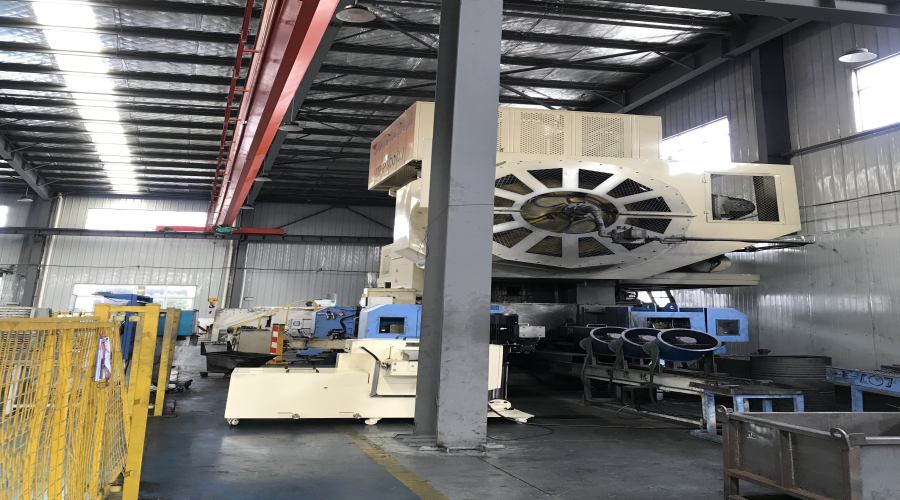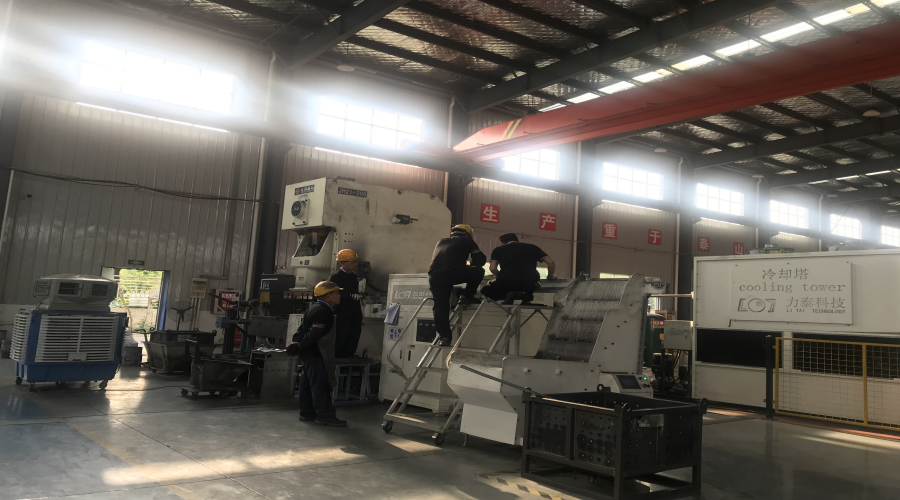In November, 2021, China Forging Association conducted a questionnaire survey through the Internet. Setting up a number of research topics such as die forging and its related industries (including standard parts, hardware forgings) and free forging/heavy forging and related industries to analyze around "the core of cost reduction", and listed the content that mostly concerned about. Because of different industries, this topic will be discussed separately, and the results are as follows.
First: Die forging and related industries (including standard parts, hardware forgings)
|
Programs |
Rates |
|
Forging flash control, blanking weight |
14.15% |
|
Die life and die manufacturing cycle and cost |
13.21% |
|
Reduce scrap rate |
13.21% |
Mold can be divided into metal mold and nonmetal mold. Metal molds are divided into: casting molds (non-ferrous metal die casting, steel casting), forging molds, etc. Take forging dies as an example. We all know that the forging process generally includes blanking, heating, forging, trimming, and later heat treatment. When the forging is heated in the furnace, it will produce scale, which is the corrosion product of steel oxidation at high temperature. The oxide skin is hard, so if the oxide scale cleaning machine is not used during forging, the service life of the die will be seriously affected. Therefore, in the process of forging heating, when conditions permit, oxide skin removal process can be considered.

Second: Free forging/heavy forging and related industries (including thick-walled seamless steel pipes with rings over 500mm in diameter)
|
Program |
Rates |
|
Forging process, control of each forming step |
17.39% |
|
Smelting ingot quality, ingot utilization rate, forging allowance control, blanking weight |
13.04% |
|
Per capita labor productivity |
13.04% |
|
Heating temperature control and the relationship between heating temperature and forging quality. |
8.69% |
The selection of free forging/heavy forging and related industries (including thick-walled seamless steel pipes with rings over 500mm in diameter) is determined based on its technological particularity. Production cost is closely related to material variety, material utilization rate, forging size accuracy, forging process control, heating and heat treatment. In the design of forging process, the control of each forming step is very important, which shows that enterprises need to pay thorough attention to the study of material "deformation mechanism" and try to reduce the forming process and heat times, otherwise it will bring a series of cost increases.
The most important content of the development process of free forging technology is to realize the research of integrated forming and machining technology from material smelting to forging, heat treatment and machining. It should be based on the research of heating mechanism, deformation mechanism, heat treatment mechanism and machining principle based on material composition. It is a necessary quality for this industry to find out the rules, master the peculiarities and realize shape control and control performance.There are prominent technical problems in enterprises in free forging/heavy forging and related industries (including thick-walled seamless steel pipes with rings over 500mm in diameter). Large-scale free forging is an important basic component necessary for national major technical equipment and major engineering construction, and its quality directly affects the overall level and operational reliability of major equipment. The manufacturing capacity and technical level of heavy forgings is one of the important signs to measure the self-sufficiency of a country's major technical equipment, which also determines the importance of this industry in the fields of national economic construction and national security, and needs continuous breakthrough and progress.
